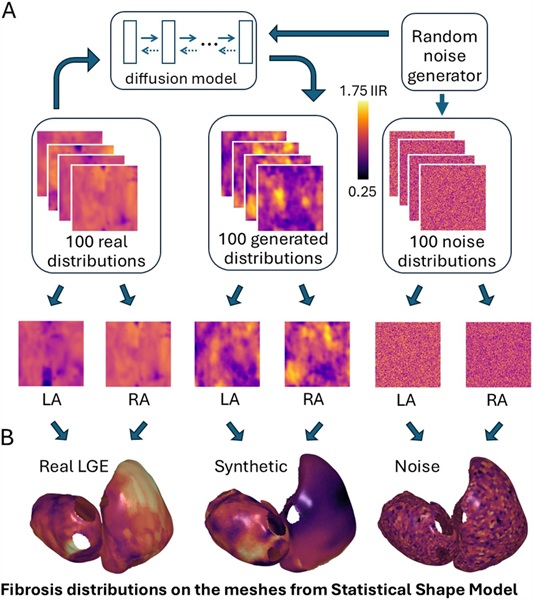Movement-Tracking System Collects Health and Behavioral Data
|
By HospiMedica International staff writers Posted on 28 May 2019 |
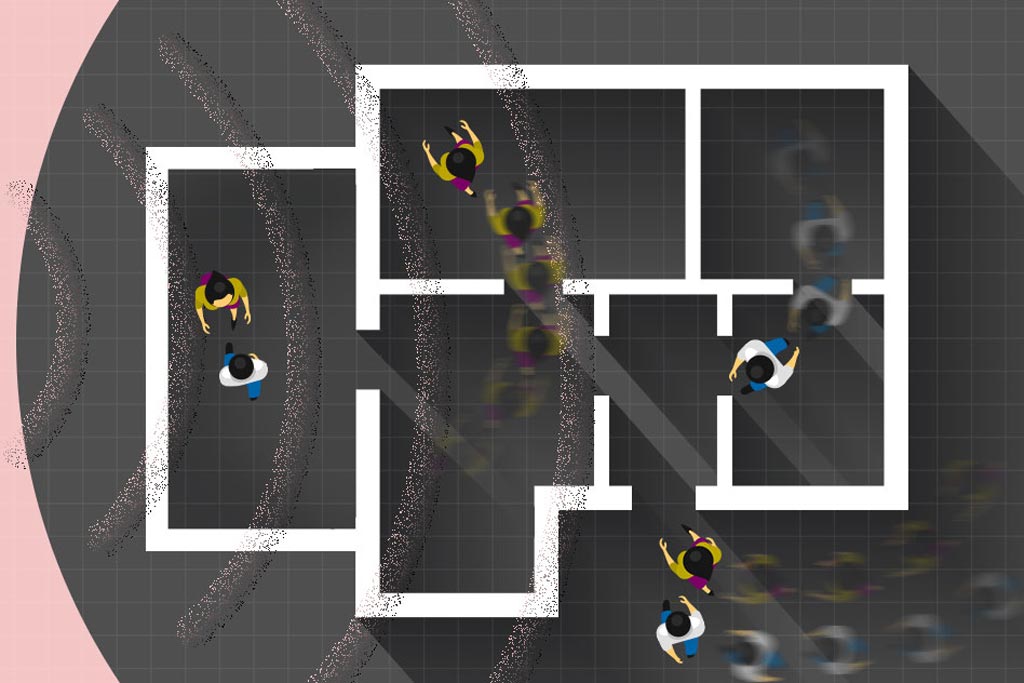
Image: A new study suggests that reflected radio waves can identify behavioral patterns (Photo courtesy of MIT).
A new study describes how a low-power radio-frequency (RF) tracking system can provide insights about how people interact with each other and the environment.
The Marko system, under development at the Massachusetts Institute of Technology (MIT, Cambridge, MA, USA), works by emitting RF signals at a constant rate of 30 pulses/second. When a signal rebounds, it creates a map, sectioned into vertical and horizontal frames, that indicates where people are in a three-dimensional (3D) space. The vertical frames capture height and build, while the horizontal frames determine general location. As individuals move about, the system analyzes the RF frames to generate short trajectories, called tracklets.
To train the system and tag identities, all users first wear low-powered accelerometer sensors, which are used to label the reflected RF signals as per their respective identities via an algorithm that correlates acceleration features with motion features. When users walk, for instance, the acceleration oscillates, but becomes a flat line when they stop. When the best match between acceleration data and tracklets is met, the tracklet is labeled with the matching user's identity. The sensors do not need charging, and, after training, the individuals don't need to wear them again.
The researchers then tested Marko in six locations: two assisted living facilities, three apartments inhabited by couples, and one townhouse with four residents. The study demonstrated the system's ability to distinguish individuals based solely on RF wireless signals. In one assisted living facility, the researchers monitored a patient with dementia who would often become agitated. By matching her increased pacing with the visitor log, they determined the patient was agitated more during the days following family visits. The study was presented at the annual Human Factors in Computing Systems conference, held during May 2019, in Glasgow (United Kingdom).
“We live in a sea of wireless signals, and the way we move and walk around changes these reflections. We developed the system that listens to those reflections ... to better understand people's behavior and health,” said lead author PhD student Chen-Yu Hsu, who added that “video is more invasive. Using radio signals to do all this work strikes a good balance between getting some level of helpful information, but not making people feel uncomfortable.”
“With respect to imaging through cameras, it offers a less data-rich and more targeted model of collecting information, which is very welcome from the user privacy perspective,” commented Professor Cecilia Mascolo, PhD, of the department of computer science and technology at Cambridge University (United Kingdom). “The data collected, however, is still very rich, and the paper evaluation shows accuracy which can enable a number of very useful applications, for example in elderly care, medical adherence monitoring, or even hospital care.”
Related Links:
Massachusetts Institute of Technology
The Marko system, under development at the Massachusetts Institute of Technology (MIT, Cambridge, MA, USA), works by emitting RF signals at a constant rate of 30 pulses/second. When a signal rebounds, it creates a map, sectioned into vertical and horizontal frames, that indicates where people are in a three-dimensional (3D) space. The vertical frames capture height and build, while the horizontal frames determine general location. As individuals move about, the system analyzes the RF frames to generate short trajectories, called tracklets.
To train the system and tag identities, all users first wear low-powered accelerometer sensors, which are used to label the reflected RF signals as per their respective identities via an algorithm that correlates acceleration features with motion features. When users walk, for instance, the acceleration oscillates, but becomes a flat line when they stop. When the best match between acceleration data and tracklets is met, the tracklet is labeled with the matching user's identity. The sensors do not need charging, and, after training, the individuals don't need to wear them again.
The researchers then tested Marko in six locations: two assisted living facilities, three apartments inhabited by couples, and one townhouse with four residents. The study demonstrated the system's ability to distinguish individuals based solely on RF wireless signals. In one assisted living facility, the researchers monitored a patient with dementia who would often become agitated. By matching her increased pacing with the visitor log, they determined the patient was agitated more during the days following family visits. The study was presented at the annual Human Factors in Computing Systems conference, held during May 2019, in Glasgow (United Kingdom).
“We live in a sea of wireless signals, and the way we move and walk around changes these reflections. We developed the system that listens to those reflections ... to better understand people's behavior and health,” said lead author PhD student Chen-Yu Hsu, who added that “video is more invasive. Using radio signals to do all this work strikes a good balance between getting some level of helpful information, but not making people feel uncomfortable.”
“With respect to imaging through cameras, it offers a less data-rich and more targeted model of collecting information, which is very welcome from the user privacy perspective,” commented Professor Cecilia Mascolo, PhD, of the department of computer science and technology at Cambridge University (United Kingdom). “The data collected, however, is still very rich, and the paper evaluation shows accuracy which can enable a number of very useful applications, for example in elderly care, medical adherence monitoring, or even hospital care.”
Related Links:
Massachusetts Institute of Technology
Latest Health IT News
- Printable Molecule-Selective Nanoparticles Enable Mass Production of Wearable Biosensors
- Smartwatches Could Detect Congestive Heart Failure
- Versatile Smart Patch Combines Health Monitoring and Drug Delivery
- Machine Learning Model Improves Mortality Risk Prediction for Cardiac Surgery Patients
- Strategic Collaboration to Develop and Integrate Generative AI into Healthcare
- AI-Enabled Operating Rooms Solution Helps Hospitals Maximize Utilization and Unlock Capacity
- AI Predicts Pancreatic Cancer Three Years before Diagnosis from Patients’ Medical Records
- First Fully Autonomous Generative AI Personalized Medical Authorizations System Reduces Care Delay
- Electronic Health Records May Be Key to Improving Patient Care, Study Finds
- AI Trained for Specific Vocal Biomarkers Could Accurately Predict Coronary Artery Disease
Channels
Critical Care
view channel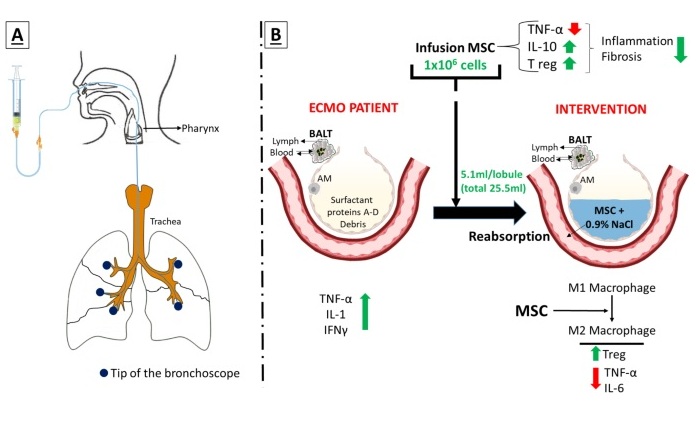
Novel Intrabronchial Method Delivers Cell Therapies in Critically Ill Patients on External Lung Support
Until now, administering cell therapies to patients on extracorporeal membrane oxygenation (ECMO)—a life-support system typically used for severe lung failure—has been nearly impossible.... Read more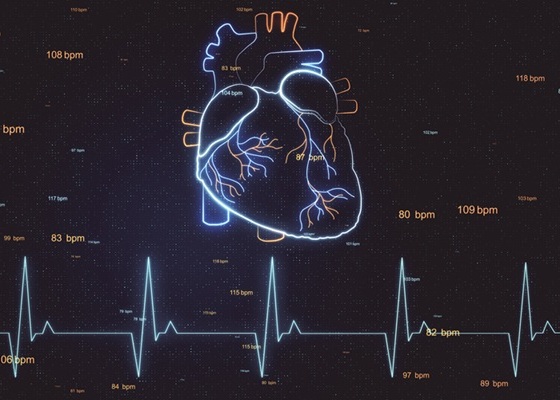
Generative AI Technology Detects Heart Disease Earlier Than Conventional Methods
Detecting heart dysfunction early using cost-effective and widely accessible tools like electrocardiograms (ECGs) and efficiently directing the right patients for more expensive imaging tests remains a... Read more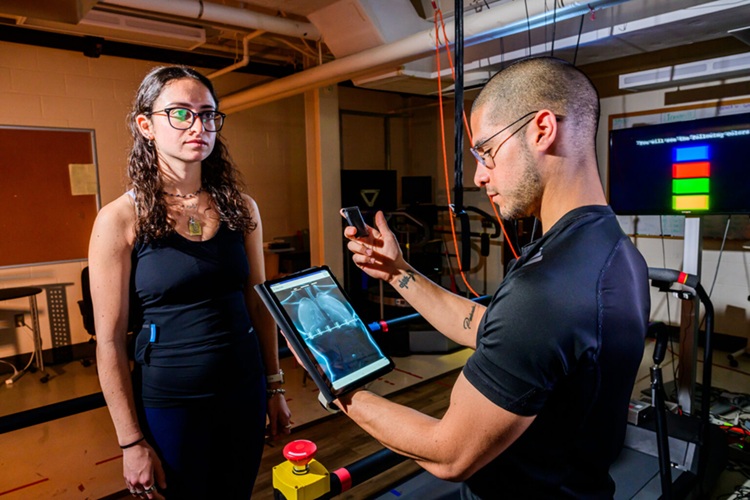
Wearable Technology Predicts Cardiovascular Risk by Continuously Monitoring Heart Rate Recovery
The heart's response to physical activity is a vital early indicator of changes in health, particularly in cardiovascular function and mortality. Extensive research has demonstrated a connection between... Read more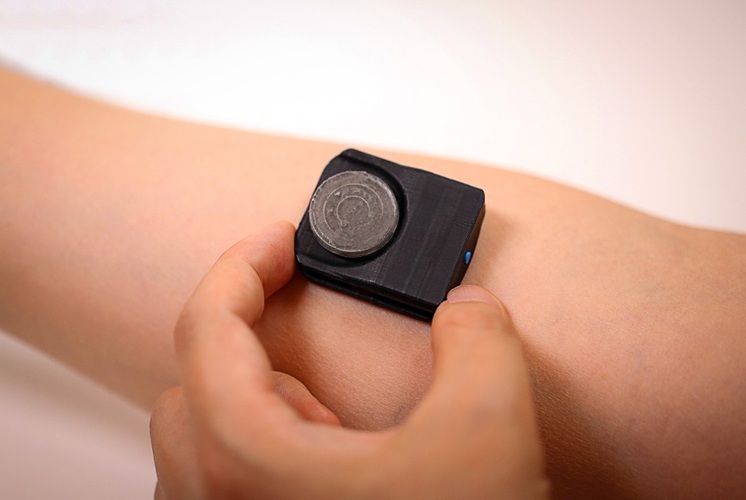
Wearable Health Monitoring Device Measures Gases Emitted from and Absorbed by Skin
The skin plays a vital role in protecting our body from external elements. A key component of this protective function is the skin barrier, which consists of tightly woven proteins and fats that help retain... Read moreSurgical Techniques
view channel
Intravascular Imaging for Guiding Stent Implantation Ensures Safer Stenting Procedures
Patients diagnosed with coronary artery disease, which is caused by plaque accumulation within the arteries leading to chest pain, shortness of breath, and potential heart attacks, frequently undergo percutaneous... Read more
World's First AI Surgical Guidance Platform Allows Surgeons to Measure Success in Real-Time
Surgeons have always faced challenges in measuring their progress toward surgical goals during procedures. Traditionally, obtaining measurements required stepping out of the sterile environment to perform... Read morePatient Care
view channel
Portable Biosensor Platform to Reduce Hospital-Acquired Infections
Approximately 4 million patients in the European Union acquire healthcare-associated infections (HAIs) or nosocomial infections each year, with around 37,000 deaths directly resulting from these infections,... Read moreFirst-Of-Its-Kind Portable Germicidal Light Technology Disinfects High-Touch Clinical Surfaces in Seconds
Reducing healthcare-acquired infections (HAIs) remains a pressing issue within global healthcare systems. In the United States alone, 1.7 million patients contract HAIs annually, leading to approximately... Read more
Surgical Capacity Optimization Solution Helps Hospitals Boost OR Utilization
An innovative solution has the capability to transform surgical capacity utilization by targeting the root cause of surgical block time inefficiencies. Fujitsu Limited’s (Tokyo, Japan) Surgical Capacity... Read more
Game-Changing Innovation in Surgical Instrument Sterilization Significantly Improves OR Throughput
A groundbreaking innovation enables hospitals to significantly improve instrument processing time and throughput in operating rooms (ORs) and sterile processing departments. Turbett Surgical, Inc.... Read moreBusiness
view channel
Expanded Collaboration to Transform OR Technology Through AI and Automation
The expansion of an existing collaboration between three leading companies aims to develop artificial intelligence (AI)-driven solutions for smart operating rooms with sophisticated monitoring and automation.... Read more












